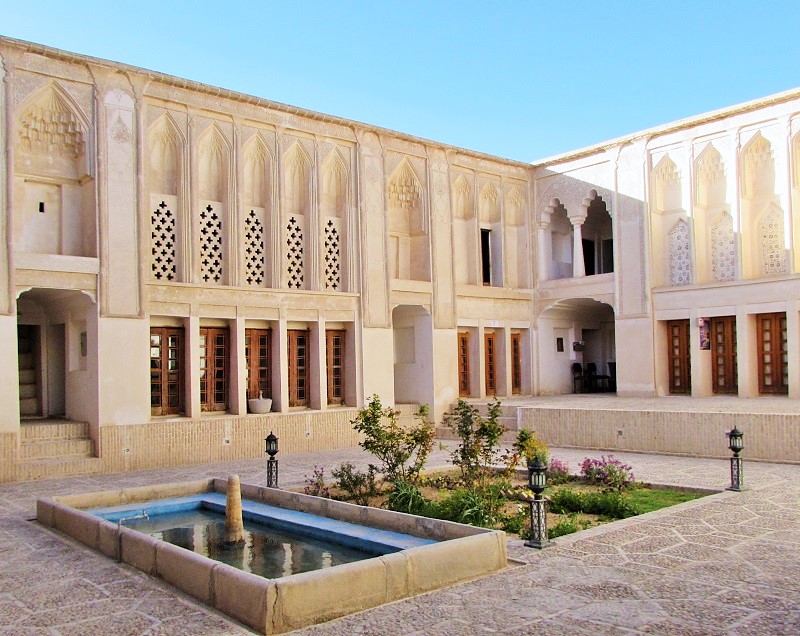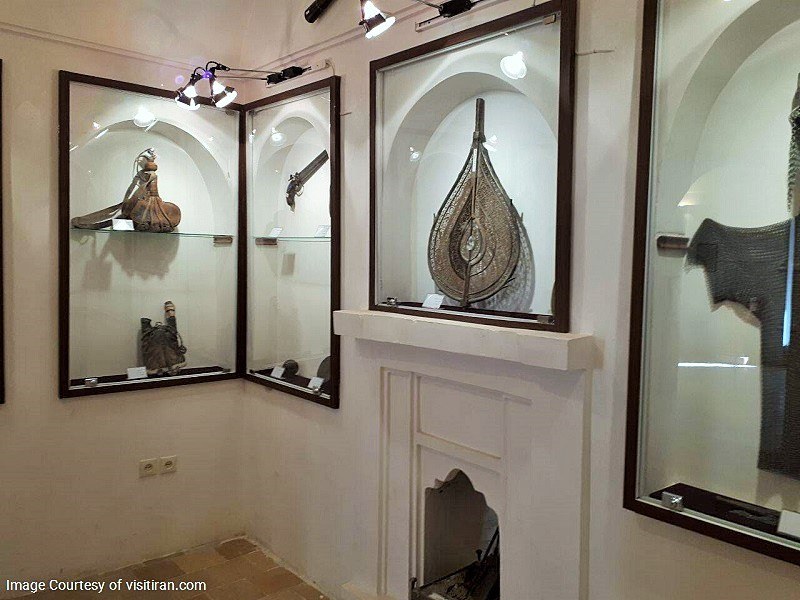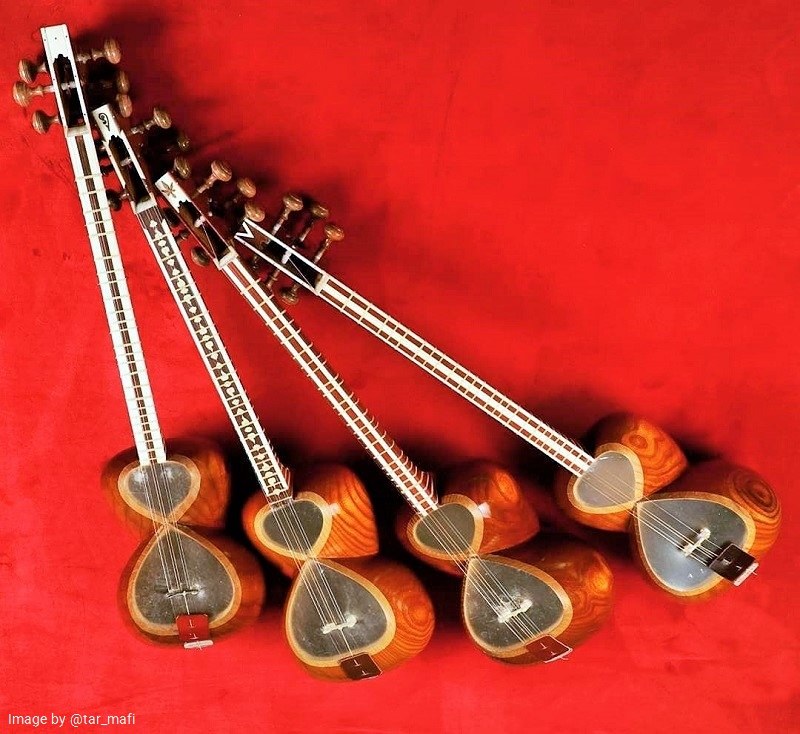
Abarkuh city is one of the cities of Yazd province, which is located in the heart of the desert. This beautiful city known for its cypress tree has quite a lot of ancient monuments. Among them, we can mention Solat House, which belonged to one of the khans of the past named Solat. The reason for the popularity of this historical house in the city of Abarkuh is the special plastering applied to its facade.
History of Solat House in Abarkuh

Sault House was built at the end of the Zand period and the beginning of the Qajar period. Its location is on Shahid Bahonar Street and at an old square, known as Darwaze Maidan. Most of the old houses are located in Abarkuh Square. This house was registered as a national monument of Iran in 1997. Also, its anthropology museum was opened in the same year.
This type of museum is built to show the culture and life of the people living there and represents the history and lifestyle of the local inhabitants. Abarkuh Museum of Anthropology was created for the same purpose. The following objects belong to the museum, which was collected by the government and with the help of the people:
- Pistols, rifles, agricultural tools, bathing tools, old documents, common coins of the Qajar period, seals, coins of Imam Reza, ornaments, carved stones, lights made of copper and brass and nickel silver, old handmade steel locks and tools, local clothes, manuscripts, and many other things.
The number of these precious and old objects reaches 800. The oldest objects of Abarkuh’s Museum of Anthropology are related to Iran’s post-Islam era. Other tools go back to different periods (the Ilkhanid, Safavid, and Qajar periods).
The Architecture of Solat Historical House
The architectural type of Solat house is introverted. In fact, it is a type of architecture that brings a mere combination of clay and mud to your eyes at first glance, but when you enter the house, you will encounter a world of beauty and patterns.
The old-time architects followed a certain style in most of the houses they built. Most of those buildings had interior and exterior sections. In the interior, women, maids and servants were working. The exterior section was reserved for men and guests.
Solat house with an area of 1000 square meters, like other traditional houses in this region of Iran, has a beautiful courtyard with a pond and a small garden in its middle part, which are surrounded by the rooms of the house on four sides. The corners of the corridor facing the courtyard are decorated with special plastering. Around the courtyard, at the very entrance of the rooms, there are porches or rows in the shape of earrings.
Around this building, there are buildings with different floors (3 floors including underground). At the beginning of the entrance of this house, you can see a very beautiful sardar (top decorative piece), whose stucco and moldings have created a beautiful effect. After passing through the gate, you have to go through a long corridor. A square tower can be seen next to this corridor.
In addition, there is a room with five small doors facing the sun in the northern part of Abarkuh’s Solat House. This shows that the north room was used by the residents in winter. In front of this room, there is another room on the south side, which faces the sun and all its doors are open, which shows that it was used in the summer.
The room on the south side has two columns with special plastering. These columns are decorated with reliefs in the form of flowers and bushes in a slimy style. Under the southern part of the room, there is a pedestal. This bridge was created for residents to access Qanat (Kariz), the underground aqueduct.
When it is possible to access the aqueduct from inside a house, it means that the owner of that house was very wealthy. In the past, the residents of every city and town had to go to the public water reservoir to get water. Having water in the house was a sign of the higher material status. Solat House was one such house in the past.
Do not Miss Visiting This Attraction
If you were planning to travel to Yazd province through domestic tours or if you personally travel to this city, be sure to visit the tourist attractions of Abarkouh and especially Soulat House.
It should be mentioned that the Office of Cultural Heritage, Tourism, and Handicrafts organization is located in Abarkuh’s Solat House. Other ancient houses of Abarkuh are also located near Solat House, in Abarkuh. It is enough to go to Abarkoh Square to see most of the city’s ancient monuments in this square.













